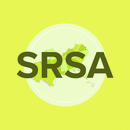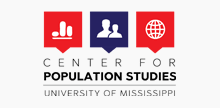Abstract
Overparticipation in government programs often receives much publicity, while the question of underparticipation by those eligible is seldom addressed. It is hypothesized that participation rates and reasons for nonparticipation among eligibles are related to household characteristics and county-level variables. A random cluster sample of 251 households in three randomly selected, rural, low-income Alabama counties was surveyed in August and September, 1981. Data analyzed deal with the utilization of food stamps, Medicaid, Medicare, and county health services. It is estimated that needy nonparticipants among eligibles in food stamps are about 22 percent; in Medicaid about 46 percent; in Medicare about 19 percent; and in county health services about 23 percent. The hypothesis regarding the relation between participation, on one hand, and race, education, and county-level variables on the other, was supported. Residence in the poorest county, and household heads who were black and had the least education tended to correspond with needy nonparticipation among eligibles.
Recommended Citation
Wheelock, Gerald, Joseph Befecadu, and Priscilla Salant. 1983. "Use of Government Services by Low-Income, Rural Residents in Alabama." Journal of Rural Social Sciences, 01(1): Article 7. Available at: https://egrove.olemiss.edu/jrss/vol01/iss1/7
Publication Date
12-31-1983



